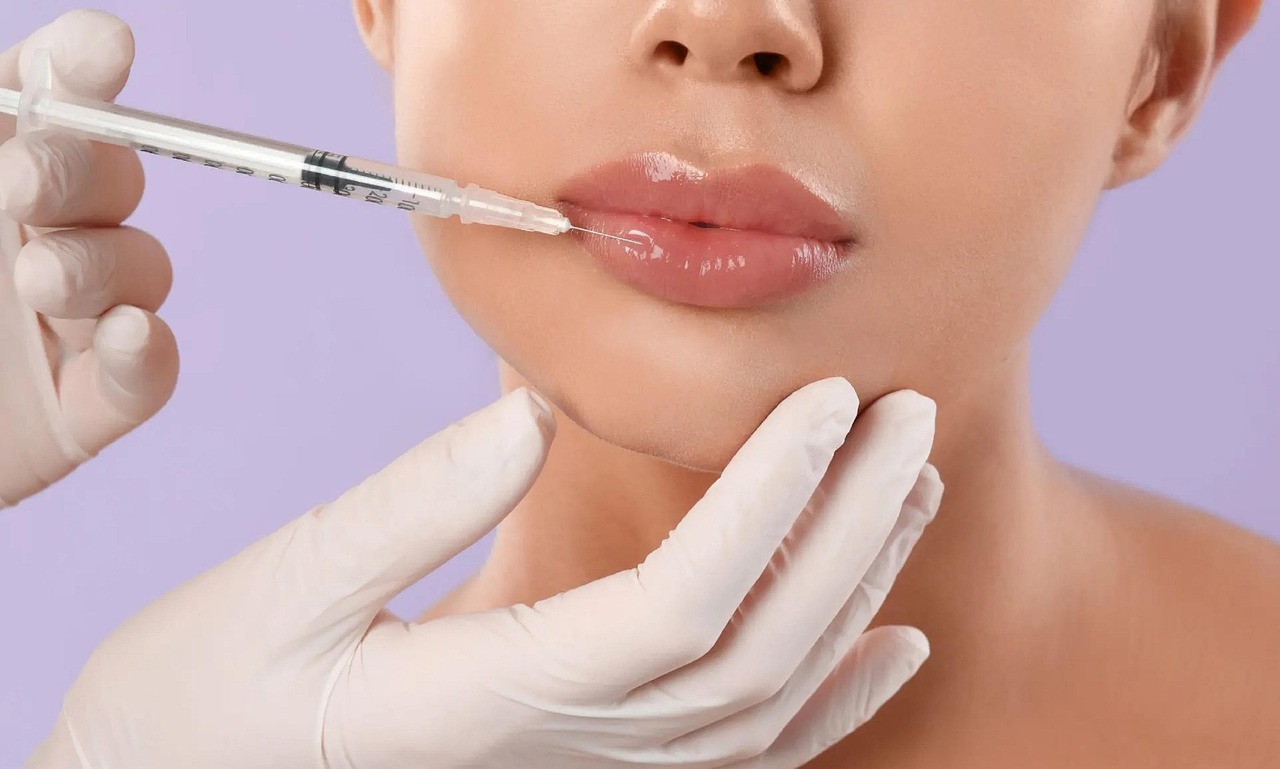Mastering the Art of Dermal Fillers: A Comprehensive Guide
Dermal fillers have revolutionized the world of non-invasive cosmetic procedures, offering a quick and effective solution to combat signs of aging and enhance facial features. These injectable treatments have gained immense popularity over the past two decades, with millions of procedures performed annually worldwide. As the demand for youthful appearance continues to grow, dermal fillers have become a go-to option for those seeking to restore volume, smooth wrinkles, and contour their faces without surgery. This article delves into the science behind dermal fillers, their various types, applications, and the evolving landscape of this rapidly advancing field in aesthetic medicine.

Other types of fillers include calcium hydroxylapatite (CaHA), poly-L-lactic acid (PLLA), and polymethylmethacrylate (PMMA). Each of these materials has unique properties and longevity, allowing practitioners to tailor treatments to individual patient needs and desired outcomes.
Types of Dermal Fillers and Their Applications
Hyaluronic Acid Fillers: Brands like Juvederm, Restylane, and Belotero are popular choices for addressing fine lines, wrinkles, and volume loss in areas such as the cheeks, lips, and under-eye hollows. HA fillers offer the advantage of being reversible through the use of an enzyme called hyaluronidase.
Calcium Hydroxylapatite: Found in products like Radiesse, CaHA fillers are ideal for deeper wrinkles and facial contouring. They stimulate natural collagen production, providing longer-lasting results compared to HA fillers.
Poly-L-lactic Acid: Sculptra, the primary PLLA filler, works by stimulating collagen production over time. It’s often used for volumizing larger areas of the face and addressing more severe volume loss.
Polymethylmethacrylate: PMMA fillers, such as Bellafill, contain tiny microspheres suspended in collagen. These fillers are considered semi-permanent and are typically used for deep wrinkles and acne scars.
The Evolution of Injection Techniques
As the field of aesthetic medicine has advanced, so too have the techniques used to administer dermal fillers. Early approaches often resulted in overfilled, unnatural-looking results. However, modern techniques focus on creating subtle, harmonious enhancements that complement the patient’s natural features.
The development of cannula-based injection methods has revolutionized the way fillers are administered. Blunt-tipped cannulas allow for smoother, more precise placement of filler material with less bruising and a reduced risk of vascular complications compared to traditional needle injections.
Another significant advancement is the concept of “layering” different types of fillers to achieve optimal results. For example, combining a deep, structural filler with a more superficial, fine-line filler can create a more comprehensive rejuvenation effect.
Safety Considerations and Potential Complications
While dermal fillers are generally considered safe when administered by qualified professionals, they are not without risks. Potential complications range from minor issues like bruising and swelling to more serious concerns such as vascular occlusion, which can lead to tissue necrosis if not promptly addressed.
The importance of choosing a qualified, experienced injector cannot be overstated. Practitioners should have a thorough understanding of facial anatomy, injection techniques, and potential complications. They should also be equipped to manage any adverse events that may occur during or after treatment.
Patient education is crucial in ensuring safe and satisfactory outcomes. Individuals considering dermal fillers should be fully informed about the procedure, potential risks, and expected results. They should also disclose their complete medical history and any medications or supplements they are taking to minimize the risk of complications.
The Future of Dermal Fillers
The field of dermal fillers continues to evolve rapidly, with ongoing research focused on developing new materials and improving existing formulations. One exciting area of development is the creation of “smart” fillers that can be activated or deactivated using external stimuli, allowing for greater control over the treatment’s longevity and effects.
Advancements in imaging technology, such as 3D facial mapping and augmented reality, are enhancing treatment planning and allowing for more precise, personalized filler placement. These tools enable practitioners to visualize potential outcomes and tailor treatments to each patient’s unique facial structure and aesthetic goals.
As the demand for non-invasive cosmetic procedures grows, we can expect to see continued innovation in dermal filler technology and techniques. The future may bring longer-lasting fillers, more targeted formulations for specific facial areas, and improved methods for combining fillers with other aesthetic treatments for comprehensive facial rejuvenation.
In conclusion, dermal fillers have transformed the landscape of aesthetic medicine, offering a versatile and effective approach to facial rejuvenation and enhancement. As technology and techniques continue to advance, these treatments will likely play an increasingly important role in helping individuals achieve their desired appearance with minimal downtime and risk. However, it remains crucial for both practitioners and patients to approach dermal filler treatments with a focus on safety, natural-looking results, and individualized care.




